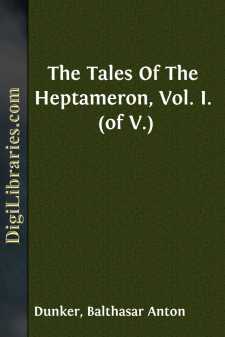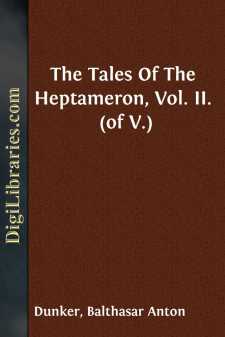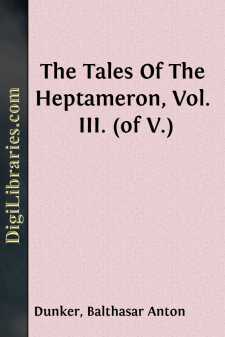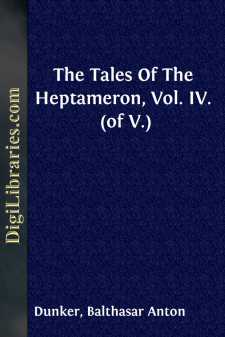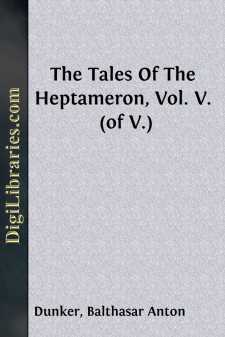Categories
- Antiques & Collectibles 13
- Architecture 36
- Art 48
- Bibles 22
- Biography & Autobiography 813
- Body, Mind & Spirit 142
- Business & Economics 28
- Children's Books 17
- Children's Fiction 14
- Computers 4
- Cooking 94
- Crafts & Hobbies 4
- Drama 346
- Education 46
- Family & Relationships 57
- Fiction 11829
- Games 19
- Gardening 17
- Health & Fitness 34
- History 1377
- House & Home 1
- Humor 147
- Juvenile Fiction 1873
- Juvenile Nonfiction 202
- Language Arts & Disciplines 88
- Law 16
- Literary Collections 686
- Literary Criticism 179
- Mathematics 13
- Medical 41
- Music 40
- Nature 179
- Non-Classifiable 1768
- Performing Arts 7
- Periodicals 1453
- Philosophy 64
- Photography 2
- Poetry 896
- Political Science 203
- Psychology 42
- Reference 154
- Religion 513
- Science 126
- Self-Help 84
- Social Science 81
- Sports & Recreation 34
- Study Aids 3
- Technology & Engineering 59
- Transportation 23
- Travel 463
- True Crime 29
Balthasar Anton Dunker
Balthasar Anton Dunker (1746–1807) was a notable Swiss painter, engraver, and writer renowned for his landscape engravings and satirical works. Trained initially under his father, Johann Jakob Dunker, he further honed his skills in Paris under prominent artists like Johann Georg Wille. Dunker's works often reflected a keen sense of humor and social critique, making him a significant figure in the 18th-century European art and literary scenes.
Author's Books:
Sort by:
I. Louise of Savoy; her marriage with the Count of Angouleme—Birth of her children Margaret and Francis—Their father'searly death—Louise and her children at Amboise—Margaret'sstudies and her brother's pastimes—Marriage of Margaretwith the Duke of Alençon—Her estrangement from her husband—Accession of Francis I.—The Duke of Alençon at Marignano—Margaret's Court at...
more...
TALE VIII. A certain Bornet, less loyal to his wife than she to him,desired to lie with his maidservant, and made his enterpriseknown to a friend, who, hoping to share in the spoil, soaided and abetted him, that whilst the husband thought tolie with his servant he in truth lay with his wife. Unknownto the latter, he then caused his friend to participate inthe pleasure which rightly belonged to himself...
more...
TALE XIX. Pauline, being in love with a gentleman no less than he was with her, and finding that he, because forbidden ever again to speak with her, had entered the monastery of the Observance, gained admittance for her own part into the convent of St. Clara, where she took the veil; thus fulfilling the desire she had conceived to bring the gentleman's love and her own to a like ending in respect...
more...
TALE XXXI. A monastery of Grey Friars was burned down, with the monksthat were in it, as a perpetual memorial of the crueltypractised by one among them that was in love with a lady. In the lands subject to the Emperor Maximilian of Austria (1) there was a monastery of Grey Friars that was held in high repute, and nigh to it stood the house of a gentleman who was so kindly disposed to these monks that...
more...
TALE LI. Because he would not have his son make a poor marriage, theDuke of Urbino, contrary to the promise given to his wife,hanged a young maiden by whom his son was wont to inform hissweetheart of the love he bore her. The Duke of Urbino, called the Prefect, (1) the same that married the sister of the first Duke of Mantua, had a son of between eighteen and twenty years of age, who was in love with a...
more...


